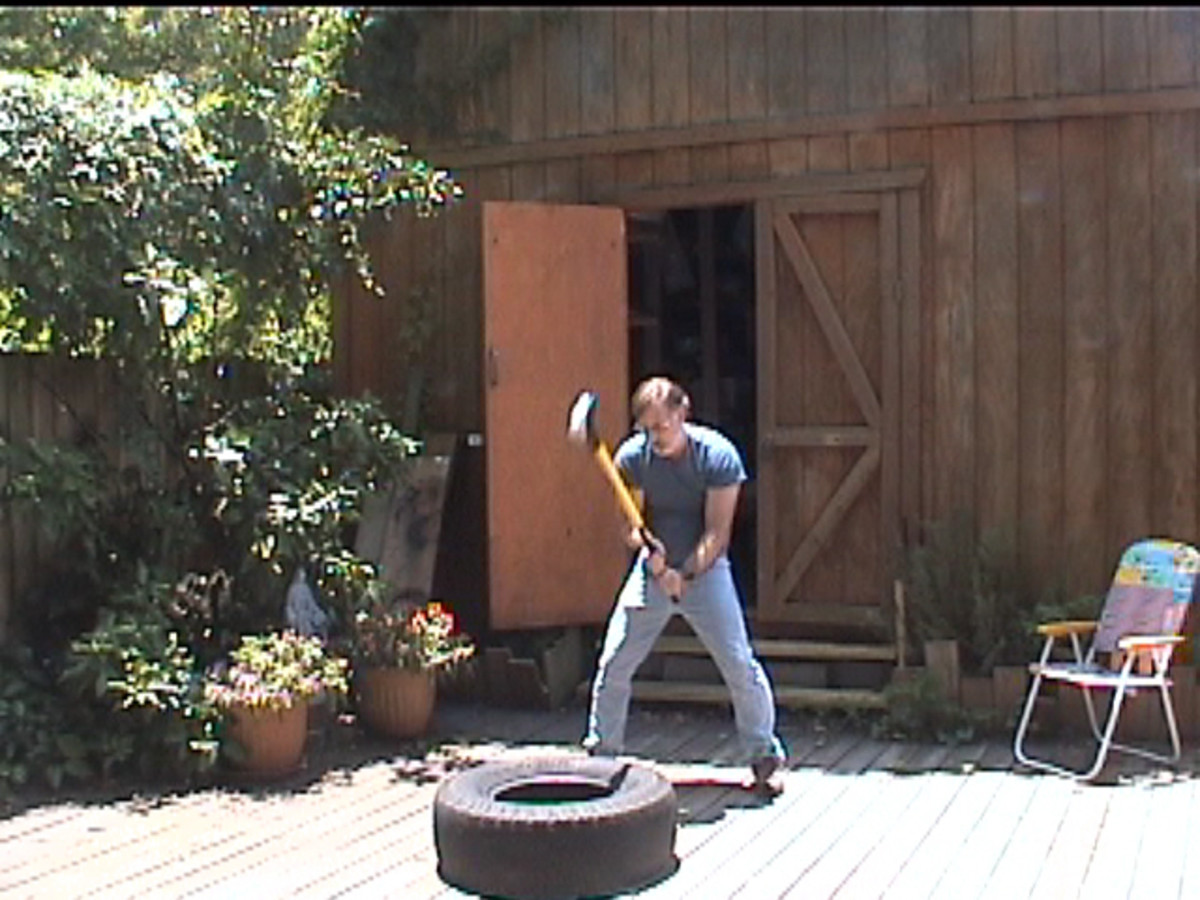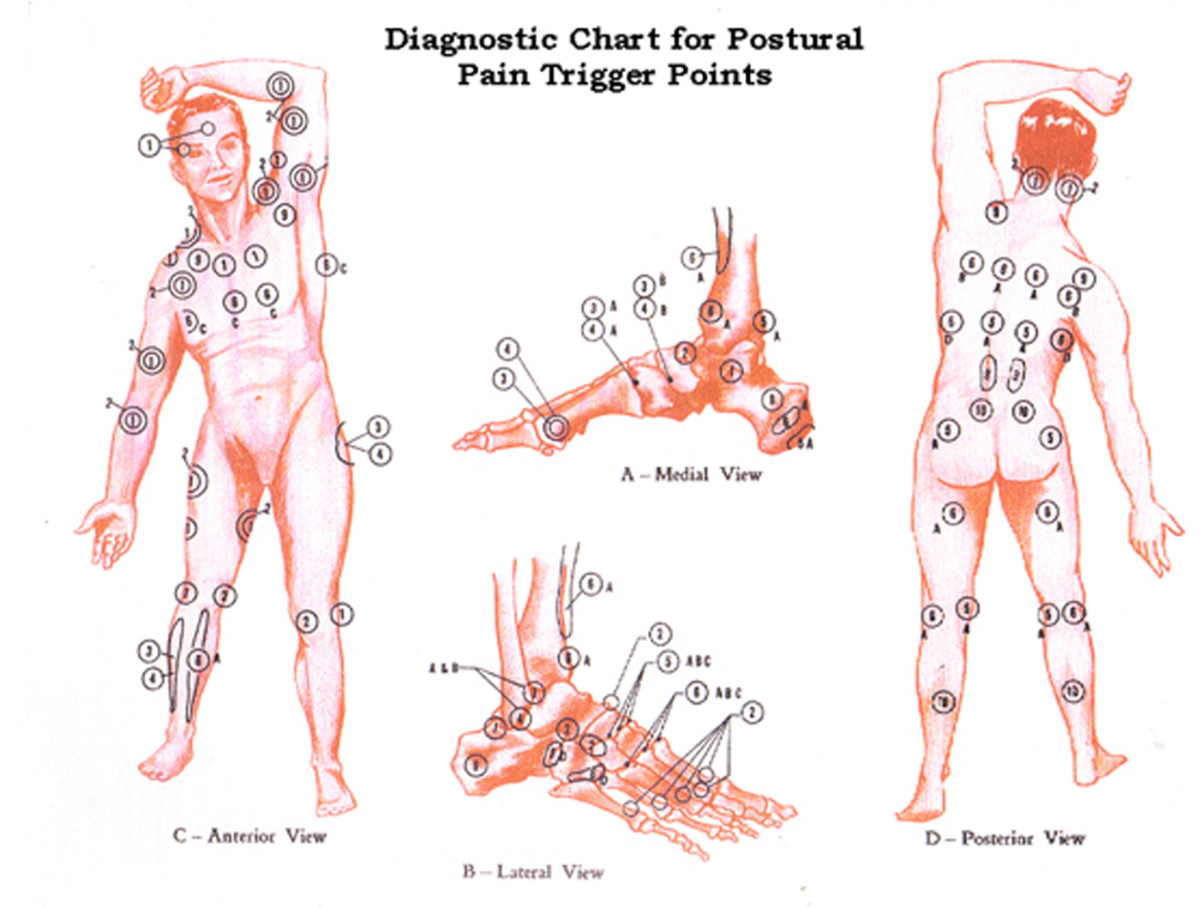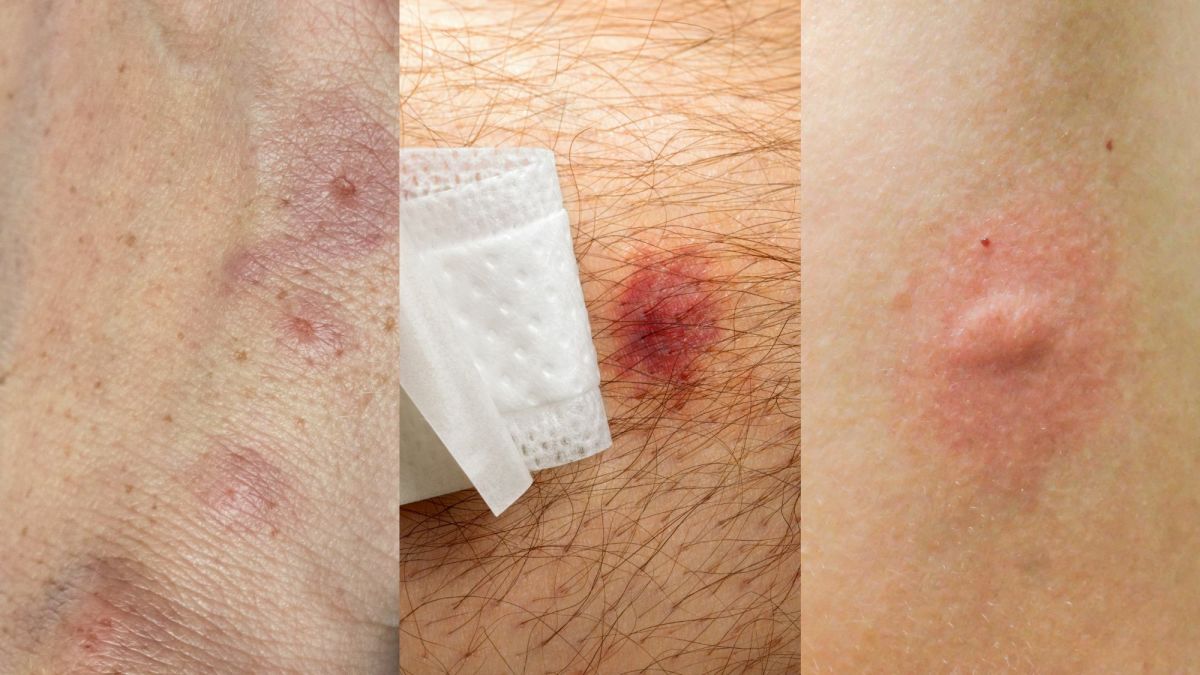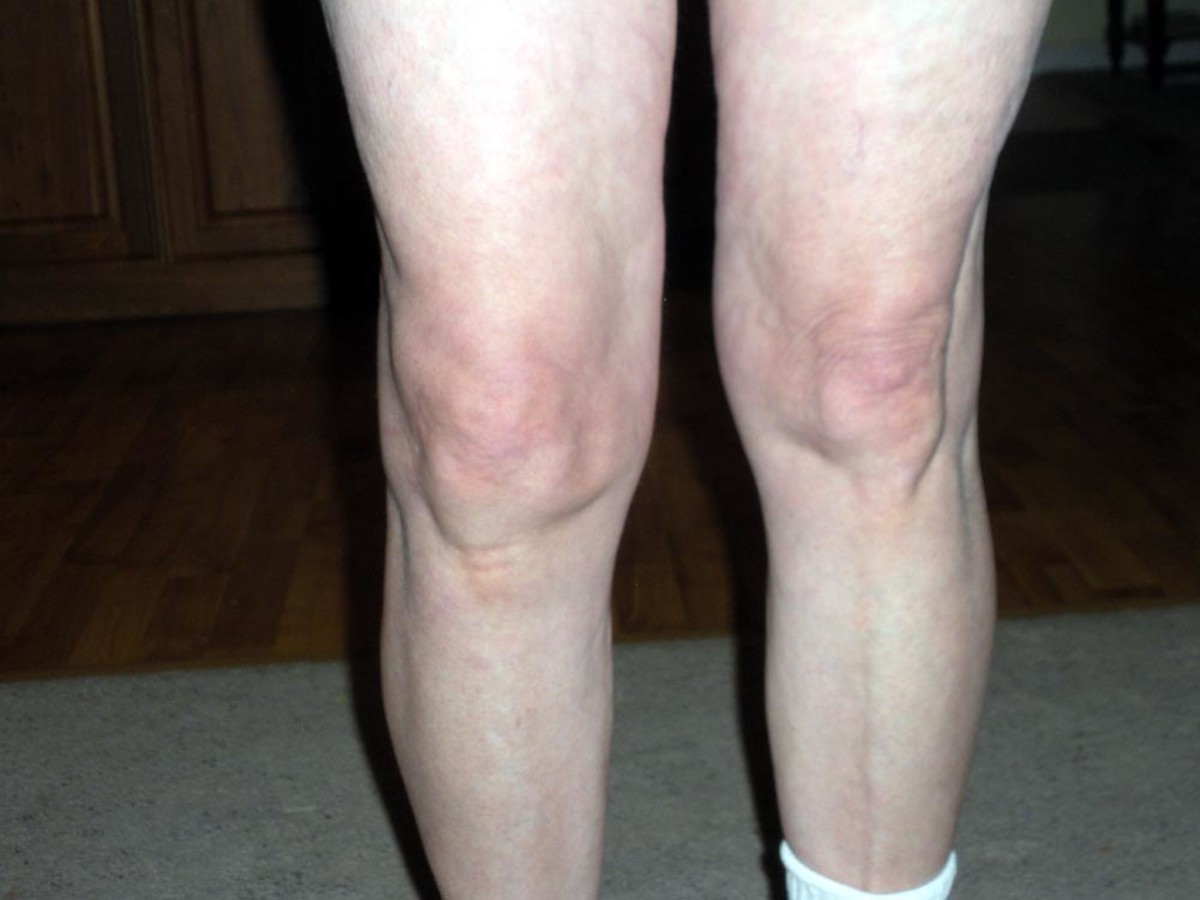Fibromyalgia and Excercise
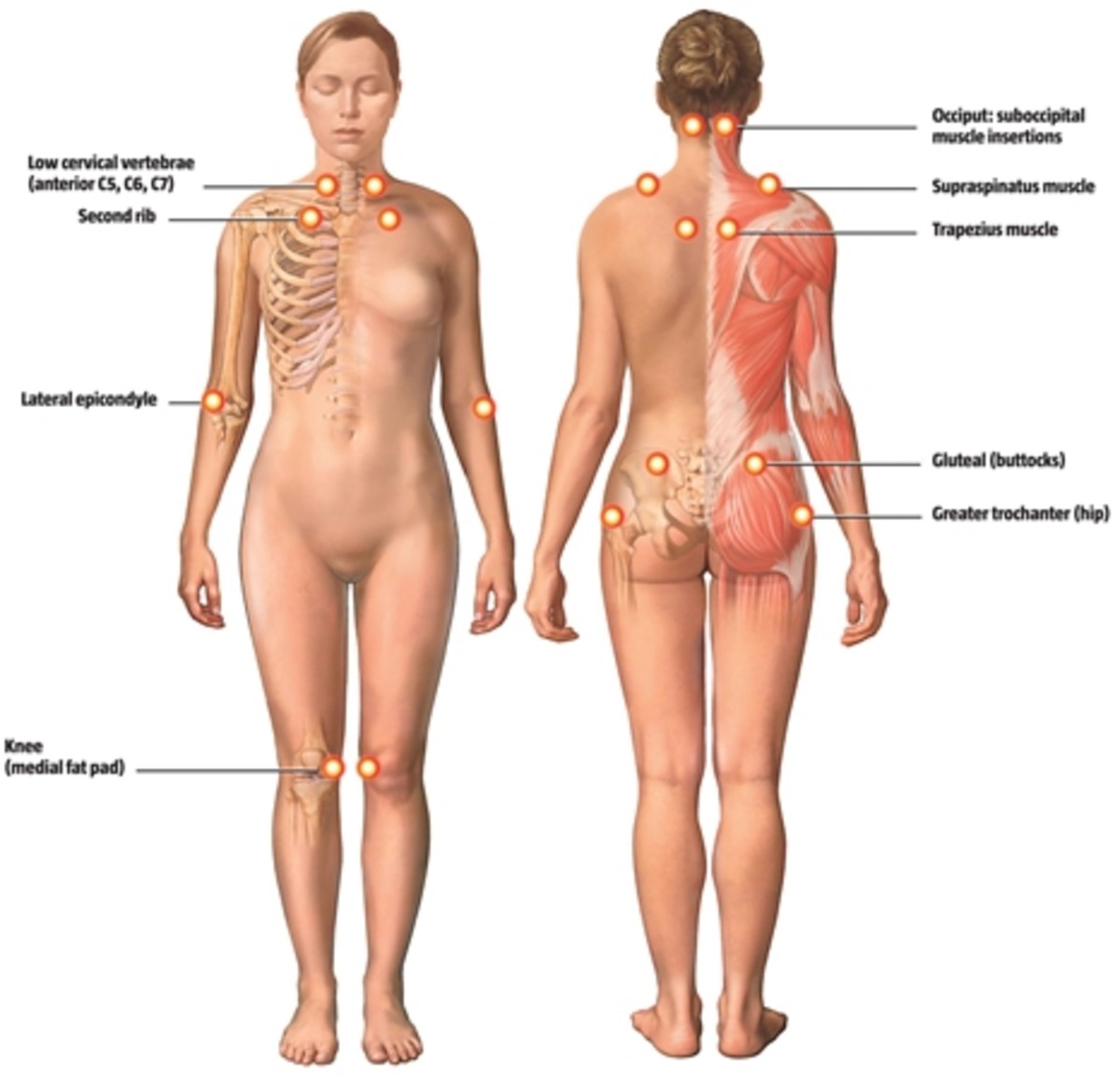
Disclaimer: I am not a medical professional but an FMS sufferer who is eager to spread awareness and to help other sufferers deal with this disease.
When you are diagnosed with fibromyalgia and you start your research one of the first things you will be told, or will read is the importance of exercise in managing your fibromyalgia symptoms. Along with diet, exercise is one of those lifestyle changes that you have control over that can have a huge impact on your pain levels and sleep. You may have noticed something else though, probably before you were diagnosed: when you have fibromyalgia exercise hurts. But you know what? When you FMS everything hurts doesn’t it? If you stopped doing things because they caused you pain your life would be over. You have to learn the difference between the kind of unavoidable everyday pain that comes with the territory and the pain you have some control over.
Before we go on I need to make a few very important points:
1) Exercise will aid in the management of symptoms but it is highly unlikely (bordering on impossible) that exercise alone will be enough to keep your pain and other symptoms in check. It is one aspect in a regiment of self-care.
2) When you have fibromyalgia any form of exercise represents a thin line that you must tread carefully. Because any form of exercise hurts it can be easy to ignore the pain that is warning you to stop and over-work yourself which can lead to higher pain and even flare-ups. Only you can learn to read the signals that your body is sending you to know when you’ve pushed too far.
3) If you, like me, enjoyed exercise before you got sick it can be really hard to come to terms with the fact that that euphoria you used to get when you pushed beyond endurance is long gone. Where burning muscles, bursting lungs and that feeling of being lost in the might of your own body was once a kind of drug now it will most likely lead to a lot more pain. You need to stop sooner, rest more and learn to pace yourself. Your body just can’t take it anymore.
Why does exercise help me feel better?
So, how can something that hurts make you feel better? There are many reasons why exercise can help to reduce your pain in both the short and long term.
Good chemicals:
Exercise causes the releases of endorphins and hormones in your body that increase your well-being. It may be harder now to achieve that “runners euphoria” you may have once been familiar with but the rush of endorphins can still have an immediate positive effect on your pain.
Better Sleep:
Studies have shown that regular exercise can help you to maintain a healthy and regular sleep pattern. There is no evidence, however, that exercising today will help you sleep better tonight. The positive effects were evident in people who had a regular regiment of daily exercise.
Healthier Body:
Healthy bodies feel better. You have no control over the mechanisms in your body that caused you to develop FMS but everyone knows that when you eat well, sleep well and exercise regularly you feel better. You muscles, lungs, metabolism and heart will work more effectively allowing you to feel just that much better.
Weight management:
Overweight bodies work harder. There is more strain on muscles, ligaments and joints and even on your heart and lungs. Regular exercise will help you to maintain a healthy weight. A healthy-weight body won’t have to work as hard, and therefore will likely hurt less.
Note: “healthy” and “skinny” are by no means synonymous. Under-eating or over-exercising can also lead to increased pain.
How should I go about it?
Hopefully by now you’re convinced that you should exercise, but how do you start? Join a class? Hire a trainer? Physical therapy? Self lead? Only you can decide which option best fits your needs and lifestyle.
Classes:
Of all these options I think joining a class is hands down the worst choice. You can’t pace yourself in a class and you may feel pressure to keep up with the people around you. It’s true that exercising in a group can increase your stamina and your mood but when your needs and abilities are as individual and as transient as they are now it’s just not realistic. Plus, it’s hard to feel good about what you’ve accomplished when you’re surrounded by a bunch of healthy people whose only problem pushing their bodies to the max is in will power.
Personal trainer:
If you can find a personal trainer who is familiar with fibromyalgia and understands how limiting the condition can be this can be a good option. However, it is part of a personal trainer’s job to push people past what they think they can accomplish and when you have FMS that’s the last thing you want to do.
Plus, let’s be realistic, many people with FMS can’t work, or work reduced hours. If somehow you are accomplishing the considerable feat of working a full-time job the thought that you could finish a shift and then meet with your personal trainer is exhausting in itself.
While this might be a good option in theory the difficulties in finding a trainer who is sensitive to your needs and affording that trainer make this a less than likely option.
Physical therapy:
Physical therapy is a great option for many FMS sufferers if you can afford it. It can, however, be expensive and few healthcare plans cover this kind of treatment. For people who can pursue this option there has been a great deal of evidence that it improves pain levels, sleep and functioning. Just make sure that you find a therapist who is familiar with fibromyalgia, open to new ideas and willing to work with you as managing fibromyalgia pain means constant recalibration.
Self-lead:
With plenty of research, effort and a willingness to learn the signals your body sends you self-lead exercise is often the best choice for FMS sufferers.You can always tell when you’ve had enough, you can do it whenever you feel well enough and it’s free. Of course there is one caveat: motivation. If you are the only person regimenting your exercise you have to be accountable to yourself. Luckily you will likely notice the effect your exercise is having on your pain fairly quickly.
I follow a self-lead exercise program that is constantly changing as my pain, fatigue and daily life changes. I started by trying out exercises that I had been doing for years and slowly widdling down a broad spectrum of activities, styles and techniques into a few that didn’t seem to cause any undue strain on my joints or neck. I favour low-key exercise because that way I can be bothered to do it even when I’m tired. That way I avoid only exercising on really low pain days as sometimes “good days” are few and far between.
Motivation
There are many really good reasons to exercise, or rather, really good reasons to make a plan to exercise such as: better overall health, better sleep, better mood, lower pain and fewer flare ups, But when you’re in constant pain and you’re always tired you never really want to exercise. So right now leave that off your list of reasons to do it. If you wait until you feel like it will never happen. You have to find the motivation to exercise within yourself. The fact is: it WILL make you feel better.
How much should I exercise?
This is another question that only you can answer and it is likely an answer that will change continually and change often. Some days 5 minutes may be taxing, other you may be able to go on for 15 or 20. Eventually you may even be able to go on for an hour. Over time you will learn read the signs that you are pushing too hard and you need to stop and to differentiate that pain from the inevitable, everyday pain of FMS.
How do I start?
If you are starting from square one I would suggest starting with just 5 minutes. Try light stretching, or walk down the hall, from one room to another. If even that is too much for your right now sit up in bed or on the couch and slowly lift and move your arms around. Do this for a couple minutes, then rest. Gradually work up a minute more, or 5 minutes more every day. Let your body be your guide, don’t push too hard.
Forms of exercise to try:
- Stretching
- Yoga
- Pilates
- Tai chi
- Walking
- Swimming


